Photo


William Hogarth (1697-1764), Tailpiece or the Bathos, 1764, engraving.
-
Hogarth created The Bathos toward the end of his life. It is considered one of the bleakest artworks of the 18th century because it depicts the Apocalypse without an afterlife. The Angel of Death even collapses in exhaustion after having destroyed the world. In his hand is an execution decree and around him lies a mass of broken objects.
#william hogarth#british artist#engraving#etching#18th century art#classic art#old masters#illustration#angel of death#bathos#apocalypse#end of the world#aesthethos
314 notes
·
View notes
Photo
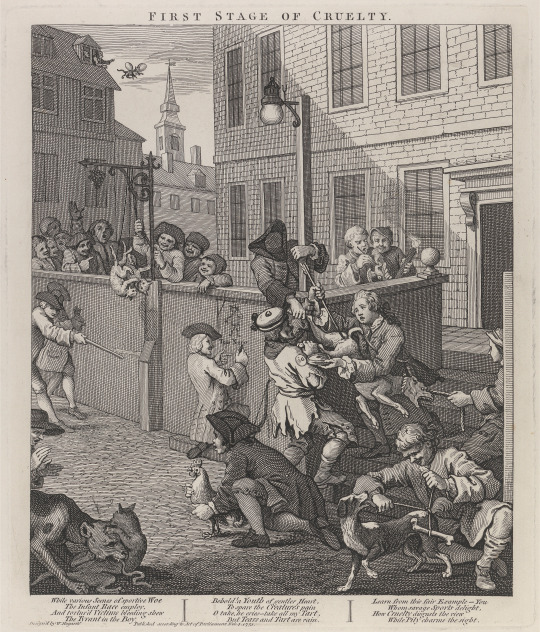



William Hogarth (1697-1764), The Four Stages of Cruelty (1751).
-
Each print depicts a different stage in the life of the fictional Tom Nero.
The prints were intended as a form of moral instruction; Hogarth was dismayed by the routine acts of cruelty he witnessed on the streets of London. Issued on cheap paper, the prints were destined for the lower classes. The series shows a roughness of execution and a brutality that is untempered by the funny touches common in Hogarth’s other works, but which he felt was necessary to impress his message on the intended audience. Read more
-
Aesthethos
Facebook - Instagram - Shop
#the four stages of cruelty#william hogarth#british artist#18th century#art history#classic art#old illustration#wood engraving#aesthethos
137 notes
·
View notes
Photo
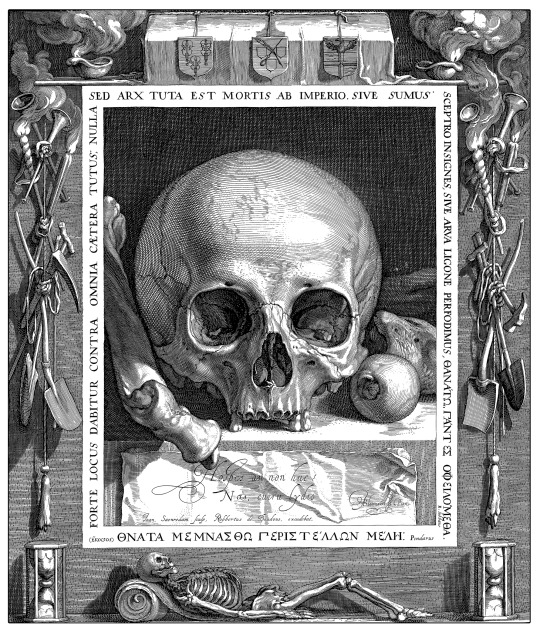



Vanitas, engraving by Jan Saenredam (1565-1607) after Abraham Bloemaert (1566-1651).
-
VANITAS T-SHIRT
#vanitas#vanity#allegory#memento mori#still life#wood engraving#classic art#old masters#jan saenredam#abraham bloemaert#dutch artist#t-shirt#aesthethos
172 notes
·
View notes
Photo
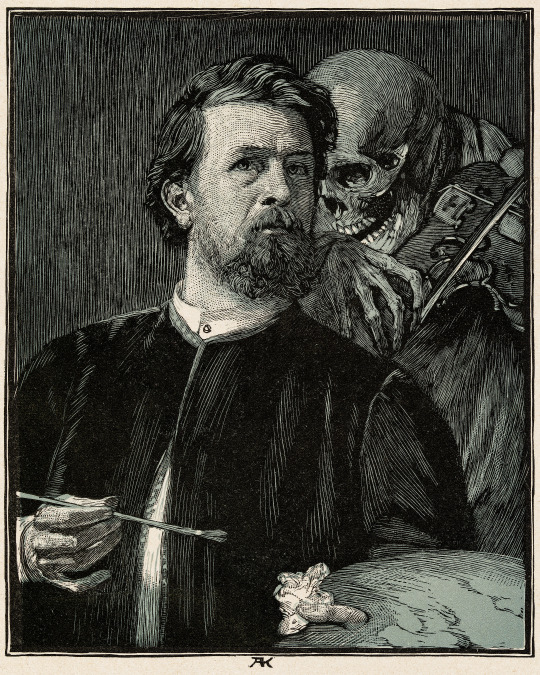

Albert Krüger (1858-1910), Arnold Böcklin's self-portrait with Death, 1899, wood engraving.
-
Aesthethos
Facebook - Instagram - Shop
833 notes
·
View notes
Photo

Firma Mors, illustration by Otto Leitz for Jugend Magazine no. 40 (1903).
159 notes
·
View notes
Photo

General Mors, illustration by Hans Anetsberger (1870-1942) for Jugend Magazine no. 25 (1904).
#jugend magazine#jugendstil#vienna secession#german art#graphic art#vintage illustration#illustration#angel of death#dark art#aesthethos
280 notes
·
View notes
Photo
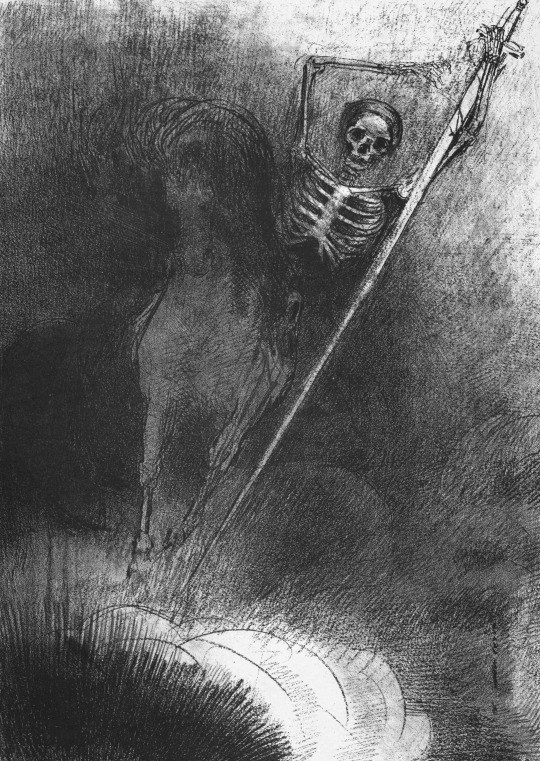
Odilon Redon (1840-1916), And his name that sat on him was Death (Et celui qui etait monte dessus se nonmait la Mort) from the series Apocalypse of Saint John (Apocalypse de Saint-Jean par Odilon Redon), 1899, lithograph.
227 notes
·
View notes
Photo



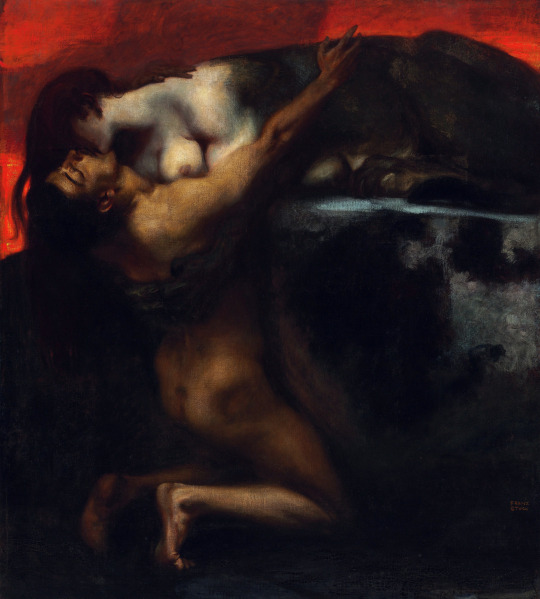

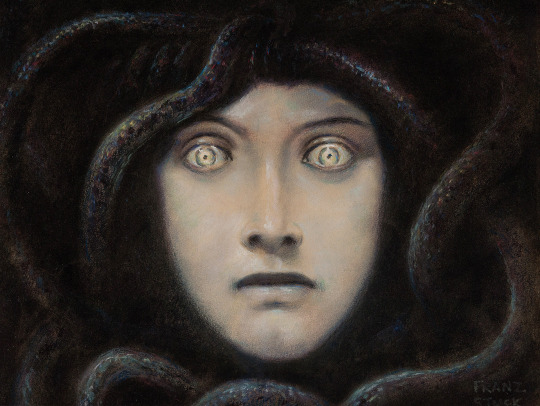

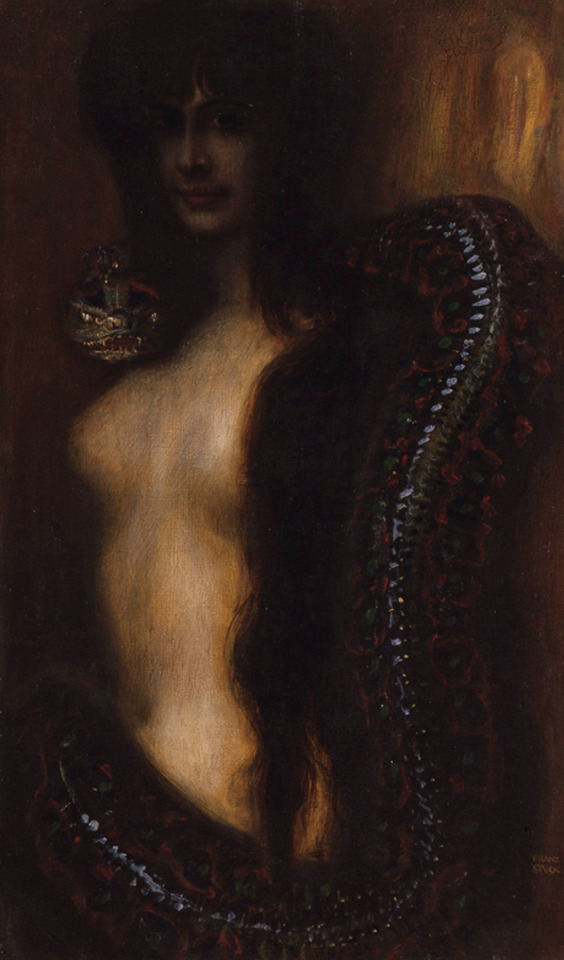
Franz von Stuck (1863-1928), was a German symbolist painter, sculptor, printmaker, and architect. Stuck was best known for his paintings of ancient mythology and religious themes.
-
Mysterious Art Century
Instagram - Facebook - Twitter - Pinterest - Shop
4K notes
·
View notes
Photo
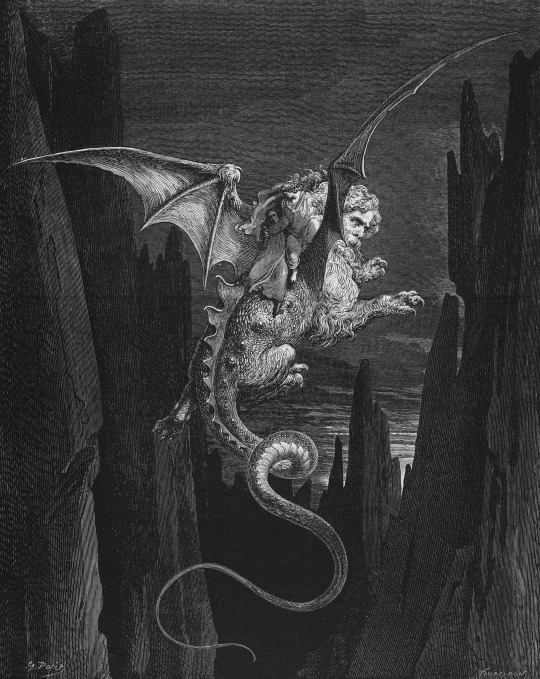
Engraving by Gustave Doré (1832-1883) illustrating Canto XVI of Divine Comedy, Inferno, by Dante Alighieri.
-
As Dante and Virgil prepare to leave Circle Seven, they are met by the fearsome figure of Geryon, Monster of Fraud. Virgil arranges for Geryon to fly them down to Circle Eight. He climbs onto the monster’s back and instructs Dante to do the same.
Then he called out: “Now, Geryon, we are ready:
bear well in mind that his is living weight
and make your circles wide and your flight steady.”
As a small ship slides from a beaching or its pier,
backward, backward — so that monster slippedback from the rim.
And when he had drawn clear
he swung about, and stretching out his tail
he worked it like an eel, and with his paws
he gathered in the air, while I turned pale.
#gustave doré#divine comedy#dante alighieri#dante's inferno#dark art#classic literature#book illustration#old masters#love aesthetic#aesthethos
140 notes
·
View notes
Photo
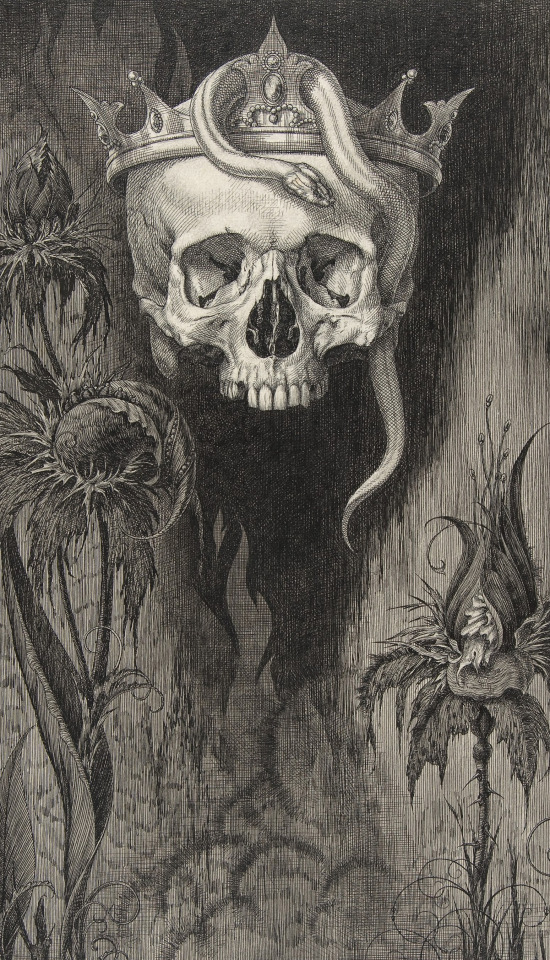
Henry Weston Keen (1899-1935), Skull Crowned with Snakes and Flowers, The Duchess of Malfi, 1930s, pen and ink, and wash. Metropolitan Museum of Art
269 notes
·
View notes
Photo
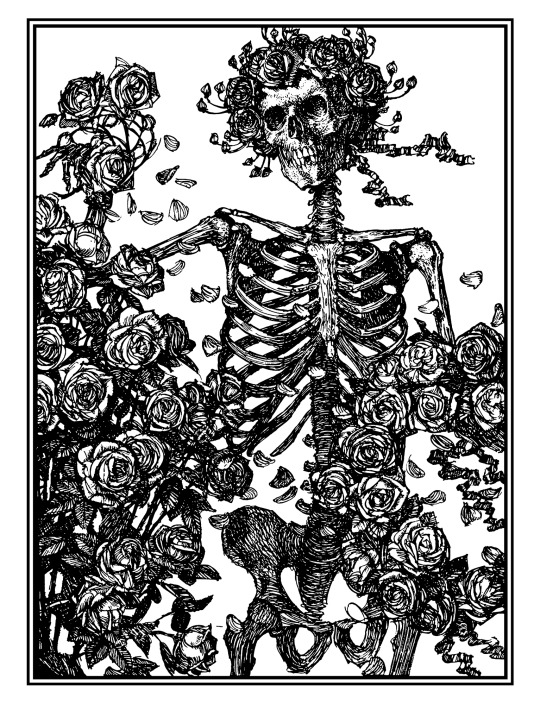

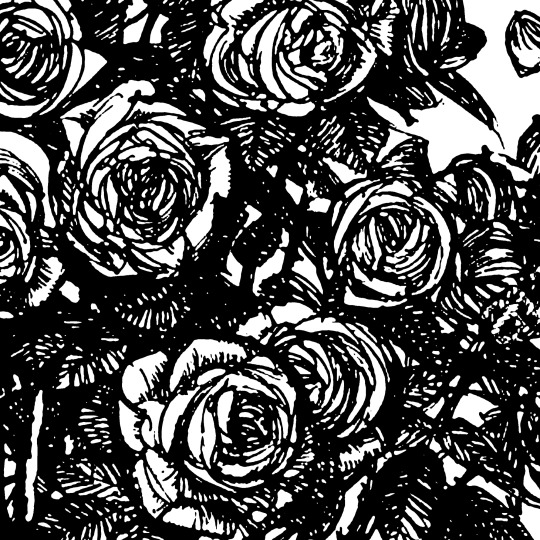
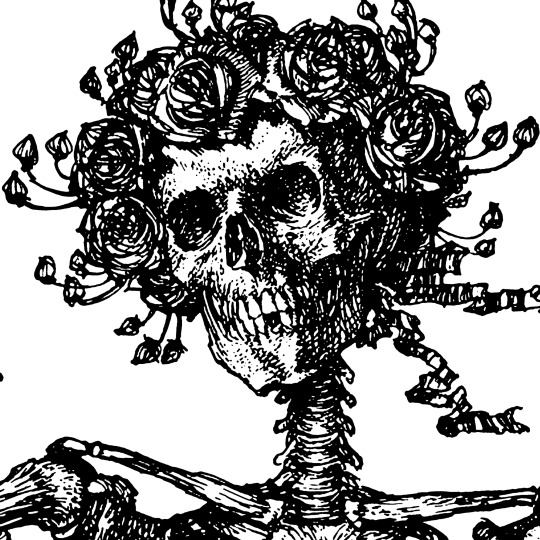
Illustration by Edmund Joseph Sullivan (1869-1933) for The Rubaiyat of Omar Khayyam (1900).
-
FLOWERS AND DEATH T-SHIRT
#edmund joseph sullivan#the rubaiyat of omar khayyam#old illustration#lithography#art nouveau#vintage print#angel of death#greatful dead#dark art#t-shirt#aesthetic
86 notes
·
View notes
Photo
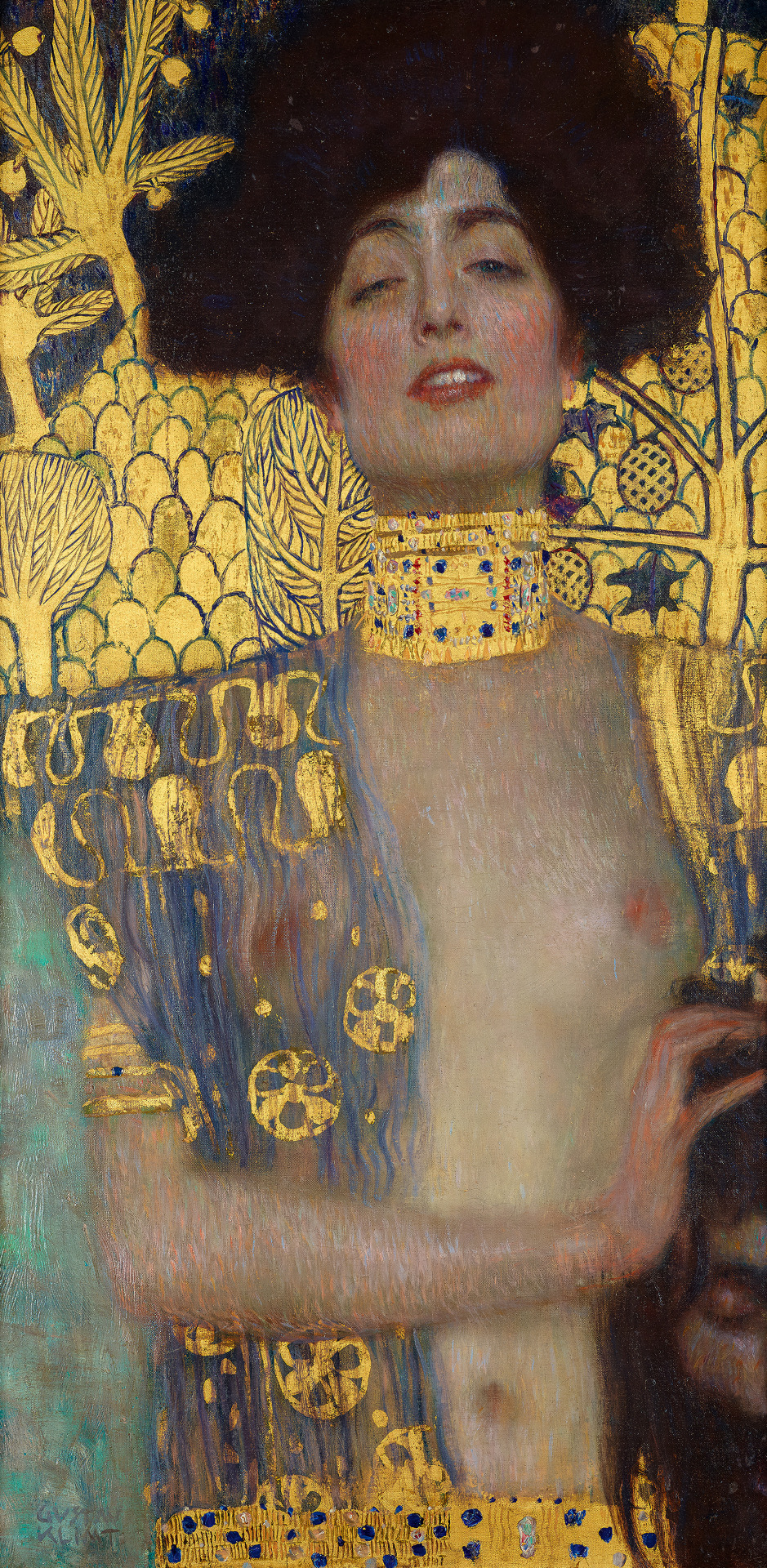

Gustav Klimt (1862-1918):
1. Judith I (Judith and the Head of Holofernes),
2. Judith II (Salome).
1K notes
·
View notes
Photo

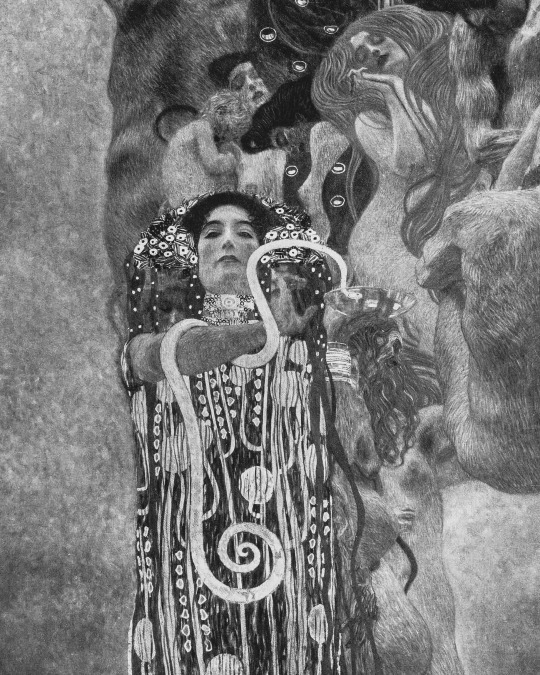
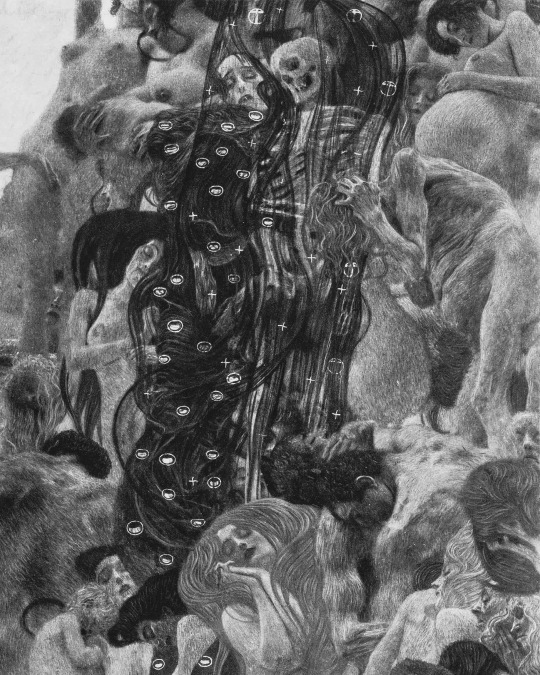

Gustav Klimt (1862-1918), Medicine, 1900-1907.
-
The Klimt University of Vienna Ceiling Paintings, also known as the Faculty Paintings, were a series of paintings made by Gustav Klimt for the ceiling of the University of Vienna's Great Hall between the years of 1900-1907.
In 1894, Klimt was commissioned to paint the ceiling. Upon presenting his paintings, Philosophy, Medicine and Jurisprudence, Klimt came under attack for 'pornography' and 'perverted excess' in the paintings. None of the paintings would go on display in the University.
In May 1945, it is contended that all three paintings were destroyed when retreating SS forces set fire to the building they were housed in. However, this is unverified.
-
Aesthethos
Facebook - Instagram - Shop
#gustav klimt#vienna secession#austrian art#old masters#art detail#art history#classic painting#dark art#aesthethos
524 notes
·
View notes
Photo

Edgard Maxence (1871-1954), Devant le lutrin, 1912.
171 notes
·
View notes
Photo



A dragon devouring the companions of Cadmus by Hendrick Goltzius (1558-1617) after Cornelis Corneliszoon van Haarlem (1562-1638), 1588, engraving.
-
T-SHIRT
#hendrick goltzius#cornelis corneliszoon van haarlem#16th century#baroque art#old masters#wood engraving#dragon#medieval#t-shirt
63 notes
·
View notes
Photo

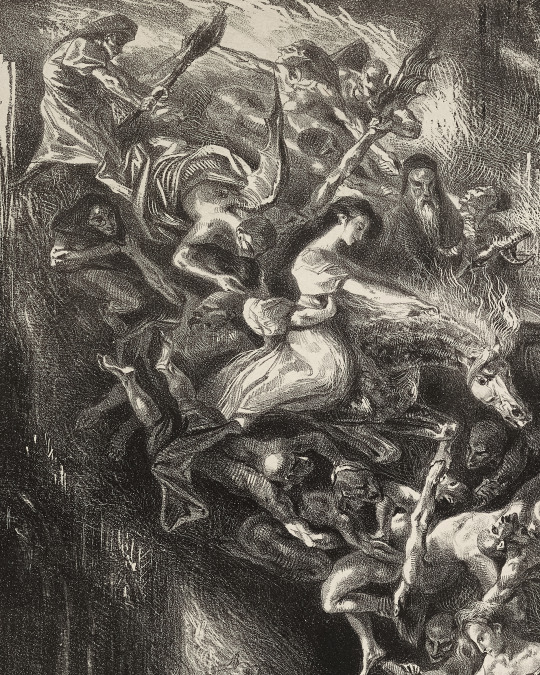


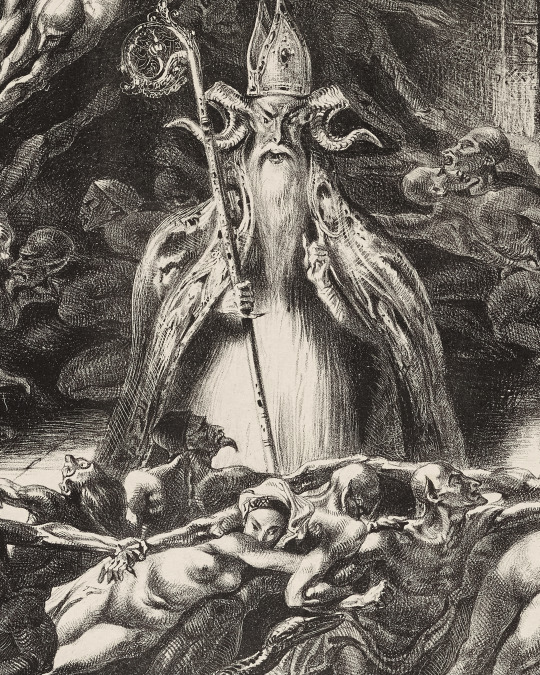
Louis Candide Boulanger (1806-1867), Ronde du Sabbat, 1828, lithograph.
249 notes
·
View notes
Photo
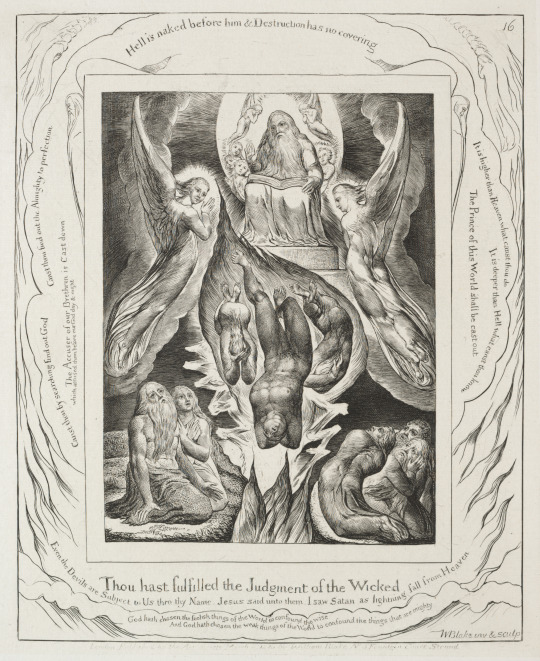
William Blake (1757-1827), The Book of Job: Pl. 16, Thou hast fulfilled the judgment of the wicked, 1825, engraving.
77 notes
·
View notes